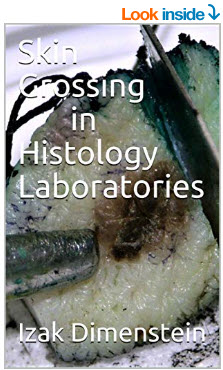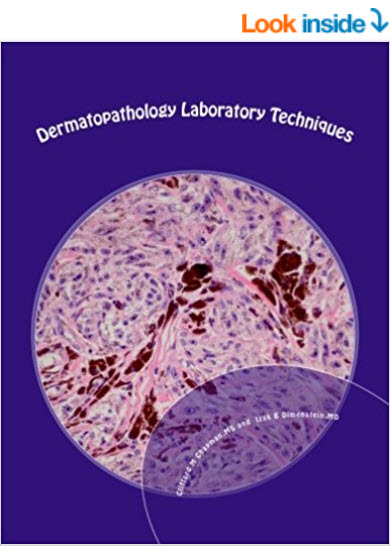While working in anatomical pathology in different positions, I gradually developed more serious attitude towards many aspects of safety, especially infectious exposure. This change occurred in parallel with changes in the surgical pathology laboratory environment.
Specimens are more often grossed when in the fresh state. The amount of frozen sections has increased dramatically. Central air-conditioning is a friend but it might be an enemy if the around pathogenic microorganisms are dispersed in aerosol form in the case that the laboratory rooms are not meticulously cleaned by “scheduled” housekeeping.
On the other hand, are not the harmful effects of infection exposure in the surgical pathology laboratory exaggerated? Do we have sufficient data to support the protective measures such as wearing PPE that cost money and impose “hardship” while wearing them? These questions cannot be dismissed without further clarification, but there is a controversy. We do not have data of increased infectious diseases in the surgical pathology laboratory 1,2,3,4,5.
In fact, microbiology laboratory data are the focus of the most biosafety literature. It has been reported that the risk for laboratory-acquired infections in the microbiology laboratory is higher than that for the general population. However, these data cannot be extrapolated to the surgical pathology laboratory for the obvious reason that the latter does not handle microorganism cultures. In a surgical pathology laboratory, the infectious material is dispersed at incomparably lower concentrations, although, unfortunately, in the potentially dangerous aerosol form.
In the surgical pathology laboratory, the clarification of the controversy will be never completed for two reasons. First, the amount of infectious material might not be enough to generate a clinically apparent disease that can be included in significant statistics. Second, fortunately, the OSHA requirements will prevent laboratories from collecting data for statistically reliable cohort studies. If a laboratory worker contracts tuberculosis (TB), a single occurrence would not prove anything. I performed dozens of autopsies on cadavers with cavernous lung tuberculosis wearing only a lab coat and gloves on. I remained TB negative; nevertheless, this does not suggest that TB encounters are harmless.
There might be some disputable approaches to the effects of infection exposure in the surgical pathology laboratory (see in “Immunological perspective of infection exposure in surgical pathology laboratory” ).
Does the controversy matter? While working in the surgical pathology laboratory, it does not make sense to risk exposure to infection. Implementation of the OSHA Bloodborne Pathogens Standard through rational work practices with personal responsibility is the key.
(See these issues in the summarized form in “Prevention of Infection Exposure in HistologyLaboratory” article in Safety section of our book Grossing Technology (Amazon.com).
References
1. Pike RM. Laboratory-associated infection: incidence, fatalities, causes, and prevention. Annu Rev Microb. 1979; 33: 41-66.
2. Sewell DL. Laboratory associated infections and biosafety. Clin Microbiology Rev. 1995; 8: 389-405.
3 Walker D and Campbell D. A survey of infections in United Kingdom laboratories, 1994-1995. J Clin Pathol. 1999; 52: 415-418.
4. Lim PL, Kurup A, Gopalakrishna G. et al. Laboratory-acquired severe acute respiratory syndrome. N Engl J Med. 2004; 350:1740-5.
5. Singh K. Laboratory-Acquired Infections. Clin Infect Disease. 2009; Jul 1; 49(1):142-7.








